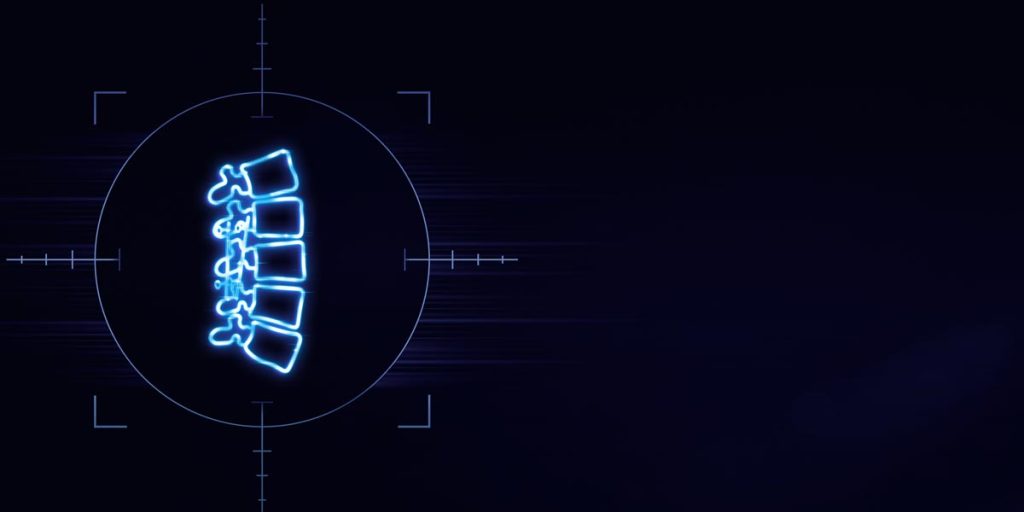How to Cure My Lumbar Spinal Stenosis: Decompression vs. Fusion
- Desert Spine & Scoliosis Center

- Feb 5
- 3 min read
Updated: Jun 30

Spinal stenosis is a painful condition that occurs when a narrowing of the spinal canal results in pressure being put on the spinal cord and nerves. It can occur in both the neck (cervical spinal stenosis) and lower back (lumbar spinal stenosis).
In severe cases, spinal stenosis can cause loss of normal bowel and bladder function. But even in minor to moderate cases, stenosis is never enjoyable.
So what are you to do about it? Let’s explore the answer to this question so you can get back to enjoying a pain-free life.
Is Surgery Right for Me?
There is no universal lumbar spinal stenosis treatment. Depending on the individual, their needs, and the severity of their stenosis, more conservative methods may be appropriate. On the other hand, lumbar spinal stenosis surgery may be recommended for moderate to severe cases or if conservative treatment is shown to be ineffective.
We normally recommend that patients try non-surgical options to alleviate the pain and discomfort associated with lumbar spinal stenosis before surgical treatments. Common non-surgical interventions include:
Pain management with medication
Physical therapy
Epidural steroid injections to reduce swelling
While these things do help, they don’t cure the underlying structural issues that cause spinal stenosis. Rather, they alleviate symptoms.
If you’ve tried all of the above and your symptoms aren’t going away, or they’re getting worse, then it’s very likely that you could be a good candidate for surgery.
Surgical Approaches: Decompression vs. Fusion

Decompression and fusion are two of the most common surgical interventions to address the underlying causes of spinal stenosis. But which is right for you?
It truly depends on what is causing your spinal stenosis, whether that is osteophytes (bone spurs), spondylolisthesis, a herniated disc, or something else. It also depends on the level of stability in your spine.
What is Spinal Decompression?
Lumbar decompression for spinal stenosis is a surgical method, which can often be done using a minimally invasive technique for alleviating whatever is putting pressure on the nerves of the lumbar spine. That could mean removing herniated discs, or bone spurs, or thickened ligaments.
What is Spinal Fusion?
Lumbar fusion for spinal stenosis is a surgical method used where decompression alone is not sufficient. It is completed with lumbar decompression in order to remove pressure and add further stability to the spine with implanted instrumentation.
When is Decompression Alone Sufficient?
Spinal decompression is normally an adequate method of addressing spinal stenosis for fairly simple cases, where the spine is relatively stable minimal resection of the facet is required, and decompressing the spinal canal is sufficient as an end goal.
This may apply for mild to severe cases of herniated discs or small bone spurs, for instance.
When is Decompression & Fusion Necessary?
If instability of the lumbar spine is present, or if a large removal of the facets (the culprit of the stenosis) is required to adequately decompress the spinal canal, then both decompression and fusion will likely be necessary.
If a lot of disc space must be removed to correct a herniated disc, for instance, then fusion will likely be required.
Whether fusion is needed is largely dependent upon the severity and size of the step joint and bone that needs to be removed during decompression. The more the doctor has to remove, the less stable the spine will likely be afterward, and the higher the probability that fusion in addition to decompression will be needed.
When one segment is fused, you will see the stresses of the adjacent levels go up significantly. This can sometimes result in adjacent segment symptomatic degenerative changes necessitating the need for additional surgery and fusion later on. This is why many surgeons, including Dr. Baig, believe in using the least aggressive viable treatment method first, in this case, spinal decompression. But as we mentioned, it is often the case that decompression alone is insufficient, so in these cases, the risk of adjacent segment degeneration must be carefully weighed against the benefits of a fusion.
A good spine surgeon will only operate if the benefits outweigh the risks.
This is why it’s so crucial to choose your surgeon with care and get a full medical evaluation before deciding on any courses of treatment.
Get Relief from Lumbar Spinal Stenosis
See whether conservative non-surgical treatment, decompression, or decompression and fusion is the right approach to combat your lumbar spinal stenosis symptoms. Reach out to Dr. Baig now at (480) 993-1300.
Or, head to our reviews page to explore the benefits of choosing Desert Spine and Scoliosis Center for back surgery.
_PNG.png)



Comments